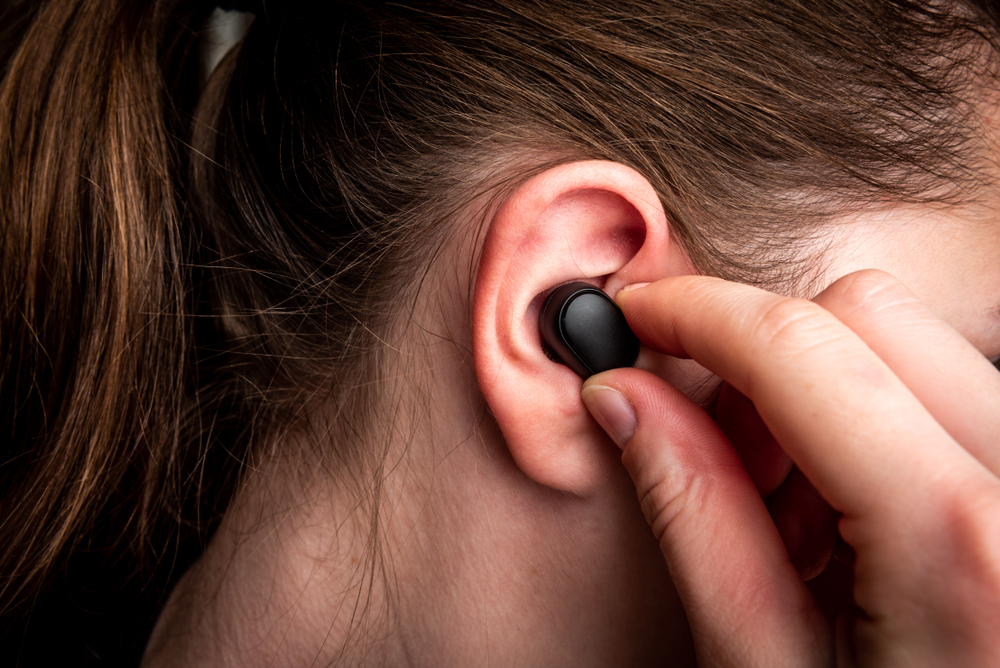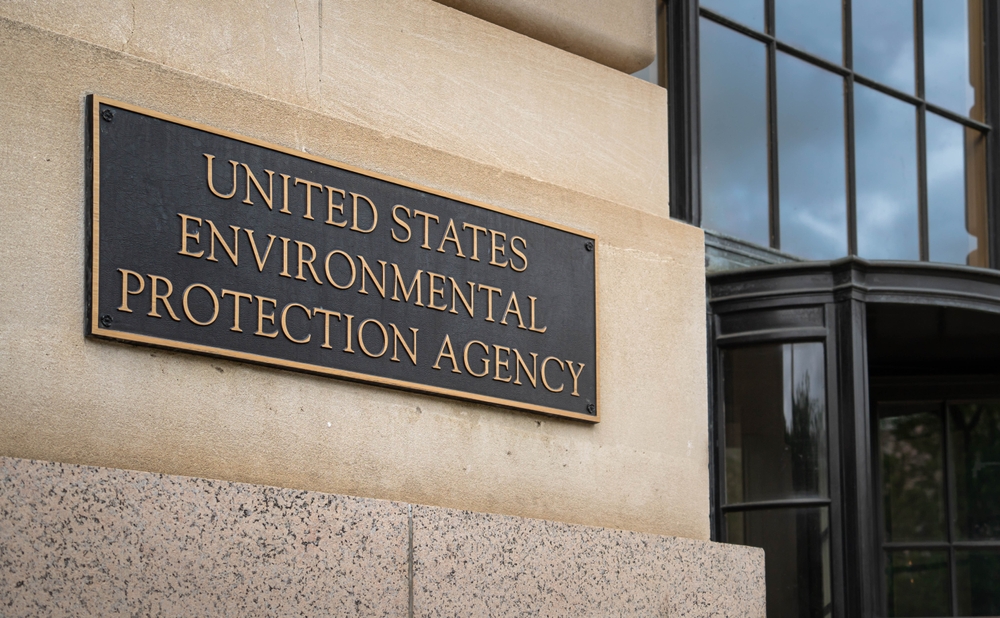These days, earbuds are considered an essential accessory— almost everyone pops them in to listen to their favorite music or podcasts while on the go. But, we’re not the only ones who love them! Due to their warm, moist environment and contact with diverse surfaces, earbuds can accumulate potentially dangerous bacteria reveals Dr. Cory Portnuff, AuD, PhD, an audiologist at the University of Colorado Anschutz Medical Campus.
While the danger of infection is usually low, they do still happen. So, basic hygiene when handling your earphones should be a priority to minimize ear pain or infections.
What’s inside your earbuds anyway?
Studies show that various bacteria, including Streptococci, Staphylococci, Aspergillus (a common fungus), and even E. coli have been found in earbuds. While not all of these bacteria will produce an infection, some conditions can foster the growth of germs. Sticky earwax on your earbuds, along with moisture from continuous use or sweaty exercises, might raise your risk of infection, especially if you share your earbuds.
The dangers of ear infections
The more bacteria and moisture there are in your ear, the more likely you are to develop ear infections such as otitis media and otitis externa, an infection commonly known as swimmer’s ear. Pain, itching, discharge, exhaustion, fever, and hearing loss are some of the symptoms. Frequent use of headphones can also result in wax buildup, which can cause impaired hearing, ringing in your ears, or inner-ear pressure.
How to clean your earbuds correctly
Cleaning your earphones regularly is essential for maintaining healthy ears and avoiding infections. Dr. Portnuff recommends cleaning them at least once a week, and washing them after each use, especially if you have inflamed skin in or around your ear.
Remove physical gunk
Begin by removing earwax and other dirt from your earbuds. Sharp items should be avoided since they may cause harm to the speakers. Instead, sweep away visible material with a dry, soft-bristled brush or a specialist cleaning instrument.
Wipe with alcohol
Once the muck has been removed, wipe your earphones with a 70 percent isopropyl alcohol wipe or a 75 percent ethyl alcohol wipe. According to research, most viruses, bacteria, and fungi are killed by these towelettes. To avoid irritation, consider options that are safe for your skin.
Don’t neglect the case
Use a dry bristles brush or specialized tool to clean the interior of your earbud case. Then, use a wet cloth or wipe with rubbing alcohol to remove any remaining bacteria. Allow the buds and case to thoroughly dry before reusing them to avoid adding more moisture to your ear.
Finally, when not in use, always store your earphones in their case and avoid the strange tradition of licking your earbuds before usage—it spreads germs between your lips and ears. Cleaning your earbuds takes only a minute or two and can save you a trip to the emergency room. Furthermore, knowing your headphones are clean will enhance your listening experience!












